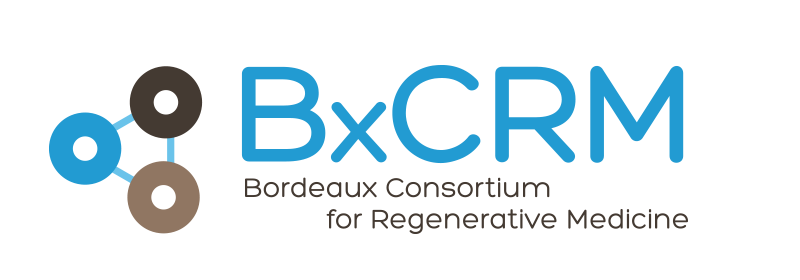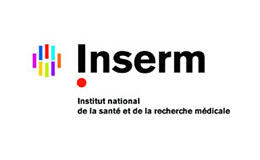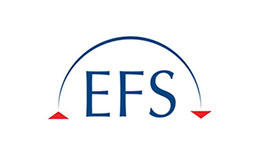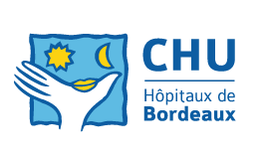22 Janvier – [Conference] Pr Lorenzo Moroni « Biofabrication technologies for Regenerative Medicine »
14 h Bibliothèque INSERM U1026
Pr Lorenzo Moroni MERLN Institute for Technology-Inspired Regenerative Medicine Maastricht University, The Netherlands
A key factor in scaffold-based tissue and organ regeneration relies on enhancing (stem) cell-material interactions to obtain the same original functionality. Different approaches include delivery of biological factors and surface topography modifications. Although both strategies have proved to augment cell activity on biomaterials, they are still characterized by limited control in space and time, which hampers the proper regeneration of complex tissues. Here, we present a few examples where the integration of biofabrication technology platforms allowed the generation of a new library of 3D scaffolds with tailored biological, physical, and chemical cues at the macro, micro, and nano scale. By engineering their topological properties, these porous biomaterials influence the activity of seeded cells, thereby initiating the regeneration of skeletal, vascular, and neural tissues. Future efforts should aim at further improving our understanding of scaffold topological properties to achieve a fine control on cell fate at multiple scales. This will enable the regeneration of complex tissues including vasculature and innervation, which will result in enhanced in vivo integration with surrounding tissues. By doing so, the gap from tissue to organ regeneration will be reduced, bringing regenerative medicine technologies closer to the clinics.






